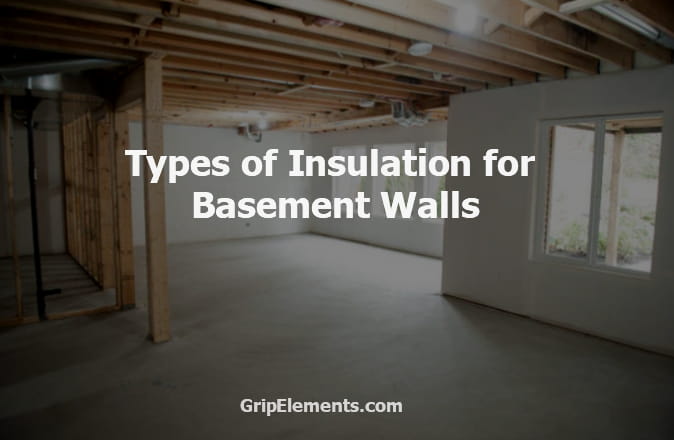There are various types of insulation for basement walls. You need to choose it properly so that it can make your residential building more ideal to live in. Then, why is it important to determine the type of insulation for basement walls?
Of course, in building construction, choosing the type of basement wall insulation is very important. This is to be able to maintain a normal temperature in a residential area and not let moisture into the house. Then, what are the types of basement wall insulation?
1. Batts and Rolls Insulation
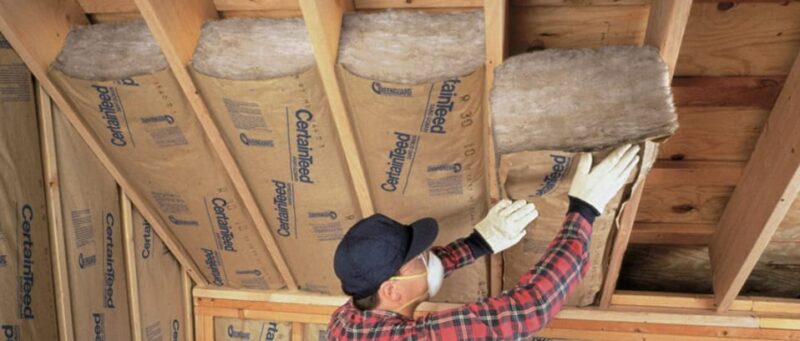
The first type of basement insulation is batt and rolls. Batts and rolls consist of flexible fibers woven in strips of varying widths and thicknesses for different applications. The main material is to use fiberglass fibers, mineral fibers, plastic fibers, or natural fibers such as wool or cotton.
2. Foam Board Insulation
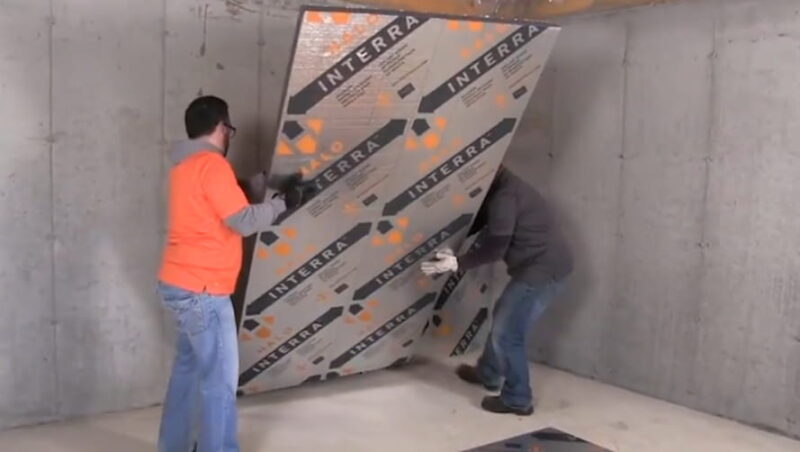
There are various types of insulation for basement walls. One of them is foam board insulation. This material can be used for almost any part of the building and is very effective for insulating exterior wall sheathing. In addition, this material can also be used in interior cladding for underground walls.
3. Liquid Foam Insulation
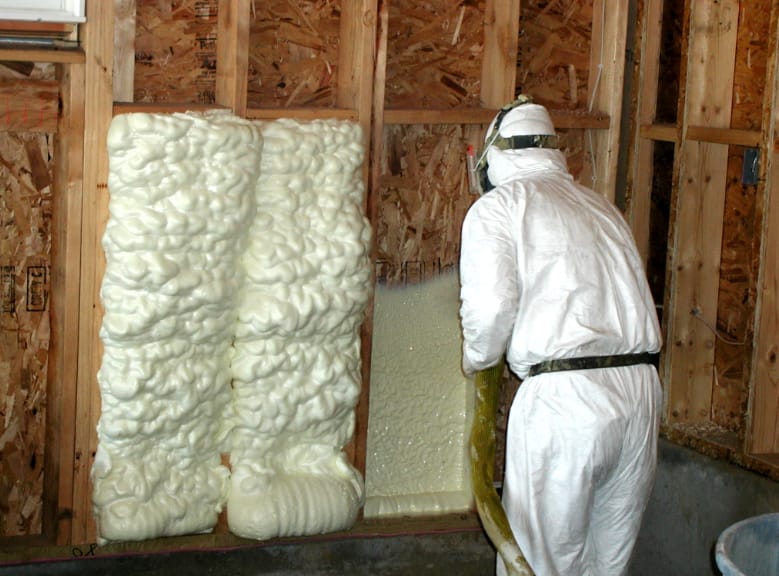
Liquid foam insulation is made from cement or polyurethane material that is sprayed, injected, or poured onto walls or under floors. Then, this material will harden into an excellent insulating material. This material is ideal for areas of irregular shape.
4. Loose Insulation (Cellulose)

This type of insulation is made of cellulose, fiberglass, or mineral wool, it can be blown or poured into the cavities of the beams in the attic floor or the cavities of the beams of the walls. Most fiberglass insulation is made from recycled glass.
5. Concrete Block Insulation
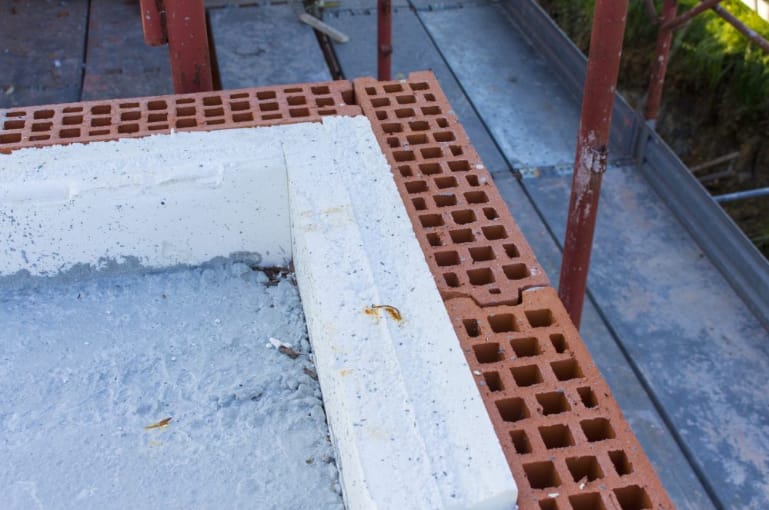
There are various types of insulation for basement walls. One of them is concrete block insulation. In this type of insulation, concrete blocks can be insulated using rigid foam boards either on the outside walls (in new construction) or interior walls (in existing homes).
6. Aluminum Foil Reflective Insulation
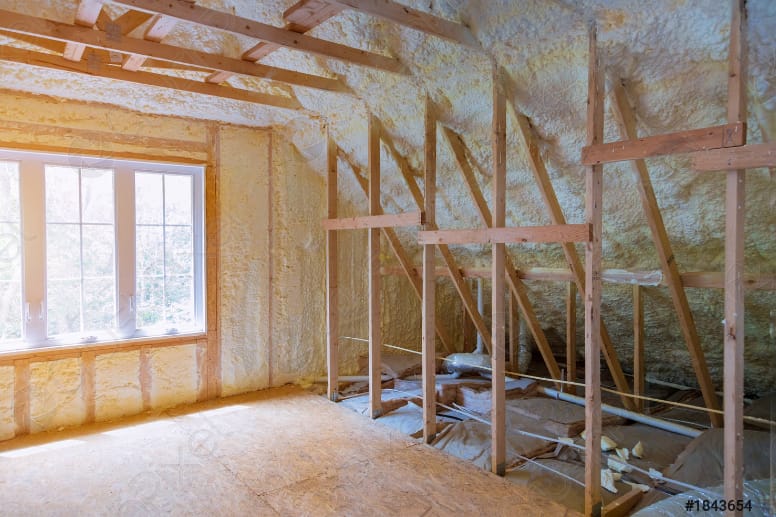
This type of insulation is most often used in the roof layers of houses in Indonesia to reduce heat build-up and lower air conditioning cooling costs.
It is one of the best types of insulation to prevent the downward flow of heat. Reflective insulation forms a radiation barrier to reduce heat transfer.
7. Rigid Fiberboard Insulation
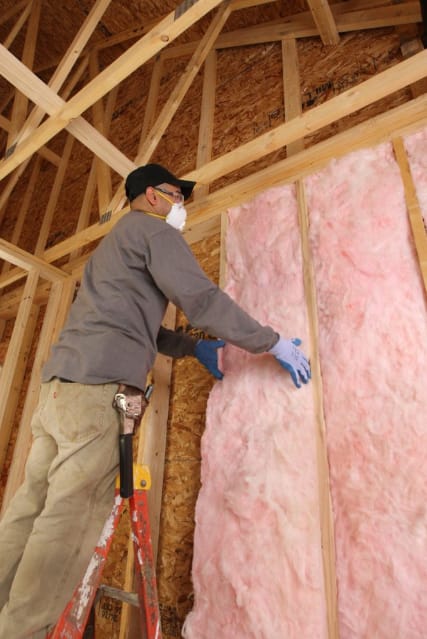
Rigid fiberboard made of fiberglass or mineral wool is usually used in places that will be affected by high temperatures.
One of the advantages of this type of insulation is that it can be pre-installed on conduit work in shops or custom-made on the job site.
Related:
8. Structural Insulated Panel
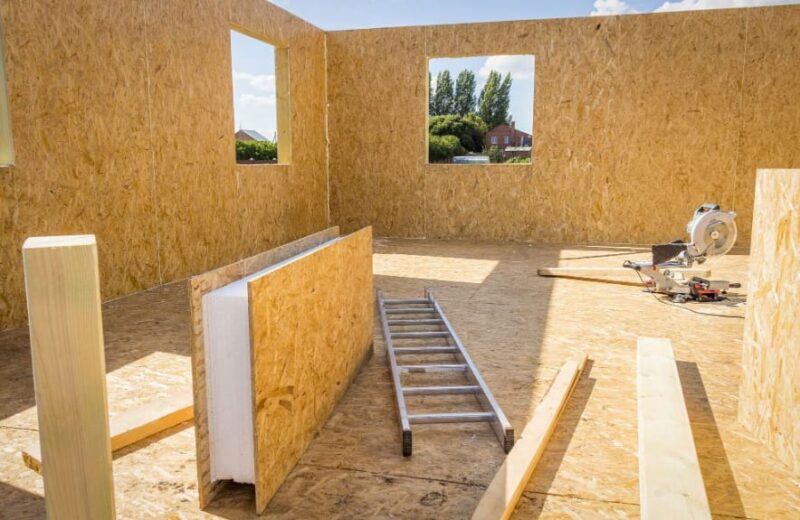
Next is a structural insulated panel. Buildings that use this type of insulation will also be airtight and quieter. This is an option for isolating an existing building but can be considered when planning a new building or major renovation.
Types of insulation for basement walls are very diverse. Maybe some of the list of basement wall insulation recommendations above can give you the best reference. Choose the type of basement wall insulation that suits your needs.
